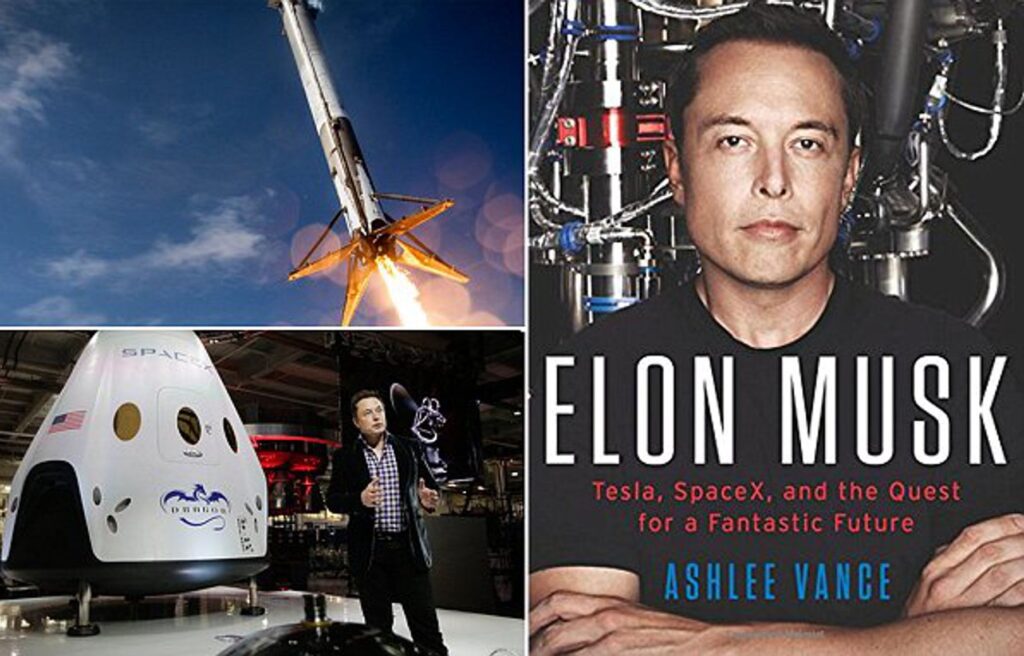In 2001, Elon Musk had just cashed out of PayPal and was flush with ambition—but not rockets. His dream? To reignite public passion for space by sending a greenhouse to Mars, sprouting life on the red planet as a symbolic gesture. But NASA’s Mars plans were vague, and American rockets were prohibitively expensive—upwards of $80 million each. So Musk did what few would dare: he tried to buy intercontinental ballistic missiles (ICBMs) from Russia.
Musk’s plan was audacious. He wanted to repurpose decommissioned Russian ICBMs into launch vehicles for a nonprofit Mars mission. His team—Adeo Ressi and Jim Cantrell—first explored European options, but costs were too high. Then came the vodka-soaked negotiations in Moscow. Toasts flowed, deals wavered, and corruption surfaced. At one point, Russian officials demanded $5,000 in cash just to continue talks. Musk borrowed the money from a hotel concierge.
The final meeting was a disaster. Musk flew to Russia prepared to buy three ICBMs for $21 million total. But the Russians suddenly demanded $21 million per missile—and mocked him for not having enough money. That moment of rejection became a turning point. Musk realized he couldn’t rely on others to build his dream. So he founded SpaceX in 2002.
The first three SpaceX launches failed. But Musk persisted, driven by a vision of “green plants on a red background.” He wasn’t chasing profit—he was chasing purpose. His goal was to inspire NASA, expand its budget, and make Mars a tangible destination again.
Today, SpaceX is a global leader in aerospace innovation. But its origin story is a cocktail of desperation, vodka, and sheer willpower. Musk didn’t just want to buy a missile—he wanted to buy a future. And when the world said no, he built it himself.



